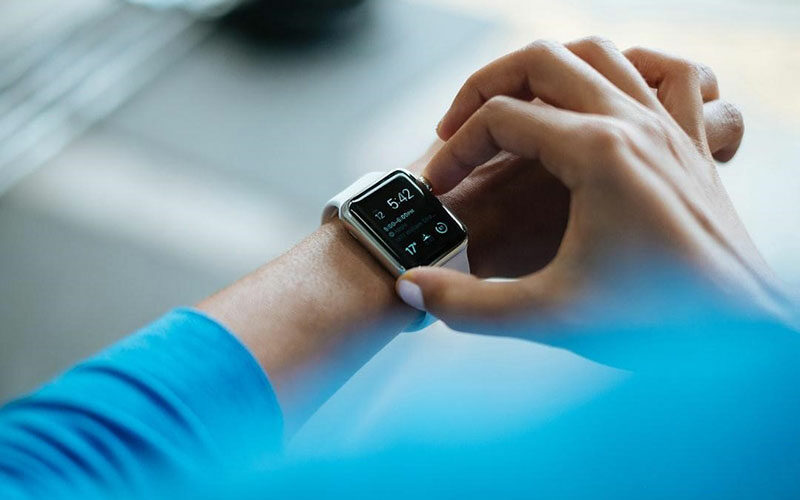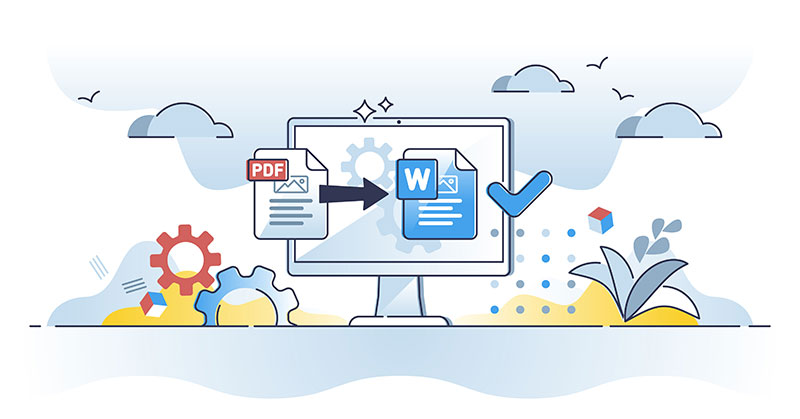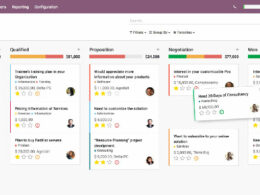Technology has become an integral part of our daily lives. From ordering groceries to scheduling appointments, we rely on technology to make our lives easier and more efficient. However, one area where technology has truly revolutionized the way things are done is in healthcare.
The use of technology in healthcare has greatly empowered care providers to deliver better outcomes for their patients. In this blog post, we will explore the various ways in which next-level technology is transforming the healthcare industry and how it is empowering care providers to provide better care for their patients.
The Impact of Technology on Healthcare
The impact of technology on healthcare has been nothing short of a game-changer for care providers. According to AlayaCare, efficient and effective home-based care relies on getting the details right. With advanced technology at their disposal, care providers are now able to do just that.
From electronic health records to remote patient monitoring systems, technology has made it possible for care providers to track and manage patient information in real time, providing them with valuable insights into patients’ conditions.
This not only improves the quality of care but also helps to reduce errors and streamline processes, ultimately leading to better outcomes for both patients and care providers. Moreover, technology has also made it easier for care providers to communicate and collaborate with other healthcare professionals, resulting in more coordinated and comprehensive care for patients.
Leveraging Data and Analytics to Improve Patient Outcomes
Data and analytics are empowering care providers significantly through technology. By leveraging advanced data management systems, care providers are able to collect, analyze, and interpret large amounts of patient data. This allows them to identify trends, patterns, and potential health risks for individual patients or even entire populations.
With this information at hand, care providers can make more informed decisions and create personalized care plans for their patients.
This not only leads to better outcomes but also helps in the prevention and early detection of diseases, ultimately improving overall patient health. Data and analytics can also be used to track the effectiveness of treatments and interventions, allowing care providers to make adjustments as needed for better results.
Telemedicine: Bringing Healthcare to Your Fingertips
Telemedicine refers to the use of remote communication and digital technologies to provide clinical health care services at a distance. This has greatly empowered care providers by bringing healthcare directly to their patients’ fingertips.
With telemedicine, patients can now access medical consultations, diagnosis, and treatment from the comfort of their own homes using their smartphones or computers. This has not only increased access to healthcare, particularly for those living in rural or remote areas but also allows care providers to monitor and manage their patients remotely.

Streamlining Administrative Tasks with Automation Technology
Many administrative tasks in healthcare, such as scheduling appointments, managing patient records, and processing insurance claims, can be time-consuming and tedious. With the help of automation technology, these tasks can now be streamlined and completed more efficiently.
This not only saves time but also reduces the risk of errors and frees up care providers to focus on providing quality care for their patients. Automation technology also allows for the integration of different systems and processes, making it easier to transfer and access patient information, ultimately leading to better outcomes for patients.
Virtual Reality in Medicine
Virtual reality (VR) technology has made its way into the healthcare industry, offering care providers a cutting-edge tool for enhanced patient care. By utilizing VR headsets and simulations, care providers can create immersive experiences for their patients, allowing them to feel as though they are actually in a different environment.
This is particularly beneficial for patients undergoing painful or anxiety-inducing procedures as it helps to distract and relax them. VR technology can also be used for training purposes, allowing medical students and healthcare professionals to practice and hone their skills in a safe and controlled environment.
Empowering Patients Through Digital Health Tools and Apps
Technology has also played a significant role in empowering patients through digital health tools and apps. With the widespread use of smartphones and other devices, patients now have access to a wide range of health-related information, resources, and tools at their fingertips.
From fitness tracking apps to medication reminder tools, these digital health tools allow patients to take control of their health and well-being. They can also connect with their care providers remotely, access medical records, schedule appointments, and receive personalized health recommendations.
The use of next-level technology in healthcare has greatly empowered care providers to deliver better outcomes for their patients. From improving communication and collaboration between healthcare professionals to leveraging data and analytics for personalized care plans, technology has transformed the way things are done in the industry.
By embracing and incorporating technology into their practices, care providers are truly empowering themselves and their patients for a better future in healthcare.
- Professional Video: Cinematography Apps Like FiLMiC Pro - April 26, 2024
- Optimizing Your Shopify Store for Maximum Dropshipping Success - April 26, 2024
- Python Explained: What is Python Used For? - April 26, 2024









